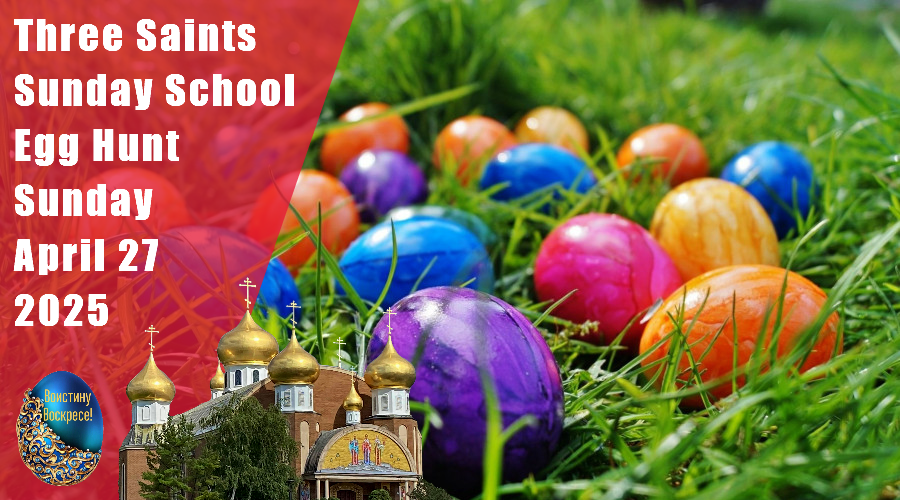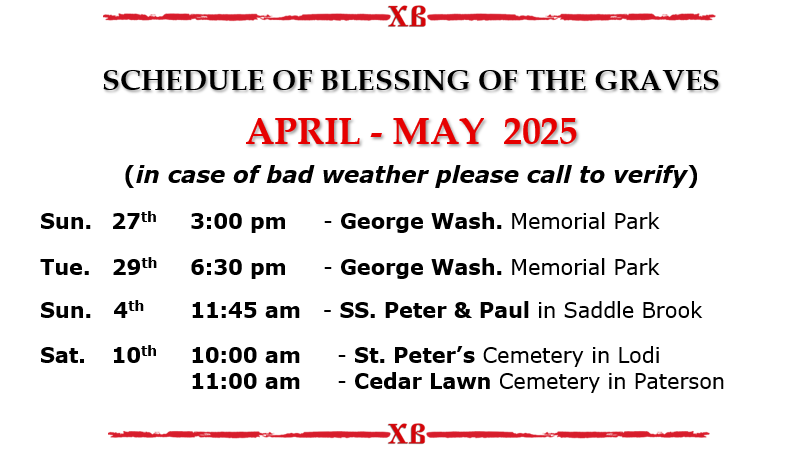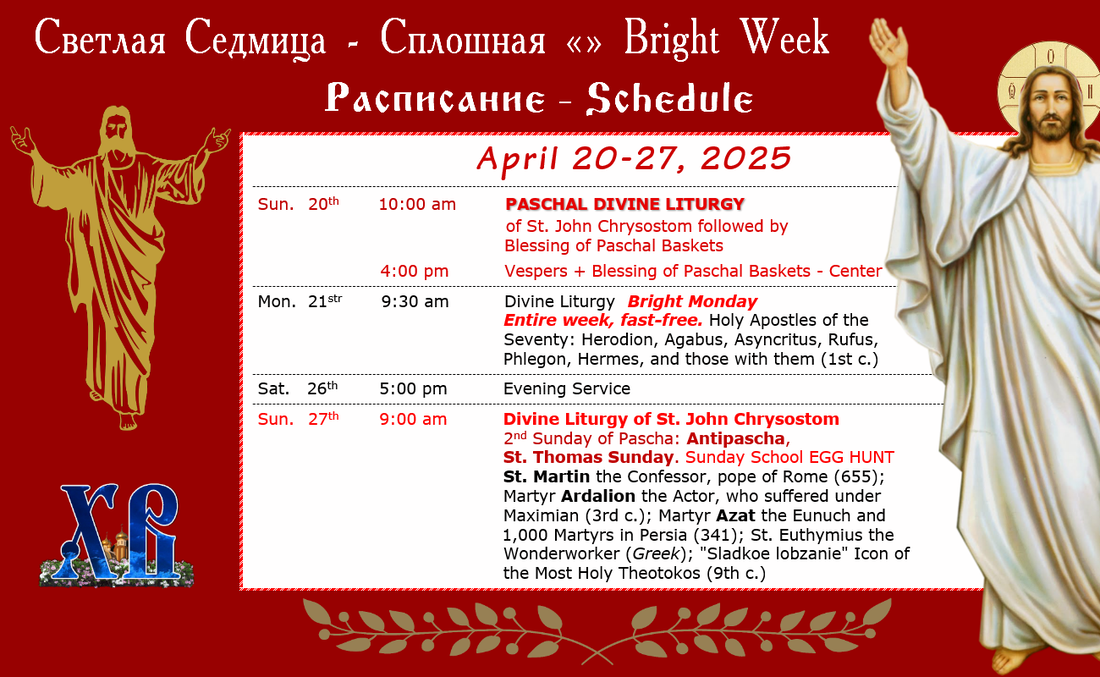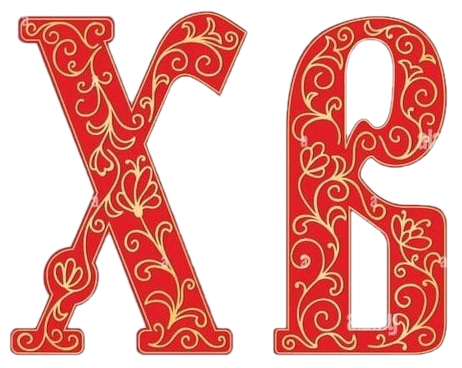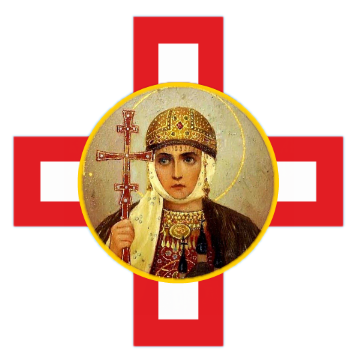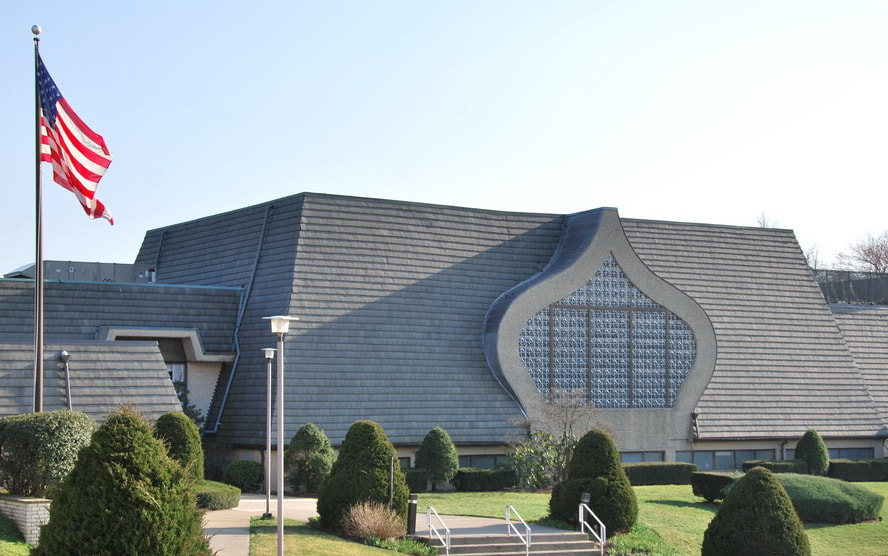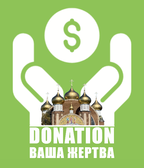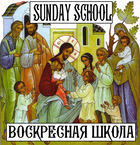Every Saturday evening service begins at 5:00 pm
|

Why Infant Baptism? Holy Baptism is the first of seven Sacraments in the Orthodox Christian Church. Together with the Sacrament of Holy Chrism it joins the candidate to the Mystical Body of Christ, the Church... ENG RUS
|

The family is the basic unit or 'cell' of society, and the Christian family is also a major building block of the Orthodox Church. The Church places greet importance on the family to fulfil its role as a small church... ENG RUS
|

Death is something that awaits all of us and yet we often wish to avoid thinking about it. As Christians, we understand earthly death as a gateway to life eternal. Preparing ourselves spiritually and making practical... ENG RUS
|

As Orthodox Christians, our spiritual journey in the life of the Church begins with the Sacrament of Baptism. It is during this 'mystery' that we are cleansed of the original sin of man and made pure through ... ENG
|
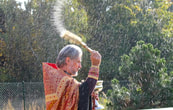
Освящение квартиры или дома изначально совершалось как благословение строительства нового дома, затем — благословение входа в этот дом. То же самое относится к освящению других вещей... RUS
|

The Things We Should Know While In Church. Standing vs. Sitting - The traditional posture for prayer and worship in the Orthodox Church has been to stand. In the Orthodox “old countries”, there are usually no pews... ENG RUS
|
What We Believe
The Orthodox Church has upheld the teachings of Jesus Christ, the Apostles (12 Disciples), and the Church Fathers for the past 2000 years. We believe in the Holy Trinity, one God in three persons, Father, Son and Holy Spirit.
We believe in the Lord Jesus Christ, the only-begotten Son, timelessly begotten of the Father. We believe that the Son was Incarnate of the Virgin Mary and became man so that he might restore all people, and all of creation to Himself.
We believe that it is our mission, as Christ’s followers, to bring the “good news” the “Gospel” to all men. We seek to do this in all aspects of our life.
Orthodox Life
Worship is central in the life of an Orthodox Christian. Worship in the Orthodox Church is also different than any other worship experience. In the 10th century, emissaries were sent from Russia to various places in Europe, the Middle East, and Asia to look for a faith for the Russian Empire.
While the emissaries were in the Church of Holy Wisdom in Constantinople,(modern day Istanbul, Turkey) they experienced something they had never experienced before. The emissaries reported “We knew not whether we were in heaven or on earth, for surely there is no such splendor or beauty anywhere upon earth. We cannot describe it to you: only this we know, that God dwells there among men, and that their service surpasses the worship of all other places. For we cannot forget that beauty.” The Orthodox service that these ambassadors experience is the same service used in the Orthodox Church today. It is a service that touches all of the senses.
Touch This may be the most foreign aspect of Orthodox worship to someone who has not witnessed it before. In the Orthodox Church the service is very “hands on.” Orthodox Christians make the sign of the Cross at various points during the service and venerated icons and the Cross when entering the Church or after the service has concluded.
Taste Every Divine Liturgy in the Orthodox Church uses the sense of taste as the faithful partake of communion. In a very literal manner we “taste and see” (Psalm 33/34) that the Lord is good.
The worshipper will make use of their sense of sight during the service. A few paragraphs up you read that we venerate icons and the Holy Cross. Icons are images that depicted various members of the Body of Christ.
These include Christ Himself, the Virgin Mary (commonly referred to as the Theotokos – the Greek word for God-bearer) and other saints of the Church and events in the life of Christ or salvation history. We do not worship these images, but simply venerate, respect, or honor them, knowing that the honor is received by those depicted in the images, and not the materials used to make the actual image or icon. That brings us to the last two senses, those of smelling and hearing. It is for this reason that we are often known as the Church of “smells and bells.”
Our sense of smell is used when we smell the various types of incense that are used during the services. We know historically that incense was used in the Tabernacle and Temple of Israel and we're offered to the pagan gods. It is also used in most Middle Eastern and Asian forms of worship. We use it in the context of Psalm 140(141) which says “Let my prayer be set before you as incense, the lifting of my hands as the evening sacrifice.”
And of course we used our sense of hearing. We hear the bells, the singing, the homily (or preaching) and in this way we can understand the service and the message that our Lord is giving us. Our worship should be carried into every aspect of our life; this is part of the reason that it involves all of the senses. Our worship shows our gratitude to God for the gifts He has given to use, and in that gratitude we seek to minister to others.
The Orthodox Church has upheld the teachings of Jesus Christ, the Apostles (12 Disciples), and the Church Fathers for the past 2000 years. We believe in the Holy Trinity, one God in three persons, Father, Son and Holy Spirit.
We believe in the Lord Jesus Christ, the only-begotten Son, timelessly begotten of the Father. We believe that the Son was Incarnate of the Virgin Mary and became man so that he might restore all people, and all of creation to Himself.
We believe that it is our mission, as Christ’s followers, to bring the “good news” the “Gospel” to all men. We seek to do this in all aspects of our life.
Orthodox Life
Worship is central in the life of an Orthodox Christian. Worship in the Orthodox Church is also different than any other worship experience. In the 10th century, emissaries were sent from Russia to various places in Europe, the Middle East, and Asia to look for a faith for the Russian Empire.
While the emissaries were in the Church of Holy Wisdom in Constantinople,(modern day Istanbul, Turkey) they experienced something they had never experienced before. The emissaries reported “We knew not whether we were in heaven or on earth, for surely there is no such splendor or beauty anywhere upon earth. We cannot describe it to you: only this we know, that God dwells there among men, and that their service surpasses the worship of all other places. For we cannot forget that beauty.” The Orthodox service that these ambassadors experience is the same service used in the Orthodox Church today. It is a service that touches all of the senses.
Touch This may be the most foreign aspect of Orthodox worship to someone who has not witnessed it before. In the Orthodox Church the service is very “hands on.” Orthodox Christians make the sign of the Cross at various points during the service and venerated icons and the Cross when entering the Church or after the service has concluded.
Taste Every Divine Liturgy in the Orthodox Church uses the sense of taste as the faithful partake of communion. In a very literal manner we “taste and see” (Psalm 33/34) that the Lord is good.
The worshipper will make use of their sense of sight during the service. A few paragraphs up you read that we venerate icons and the Holy Cross. Icons are images that depicted various members of the Body of Christ.
These include Christ Himself, the Virgin Mary (commonly referred to as the Theotokos – the Greek word for God-bearer) and other saints of the Church and events in the life of Christ or salvation history. We do not worship these images, but simply venerate, respect, or honor them, knowing that the honor is received by those depicted in the images, and not the materials used to make the actual image or icon. That brings us to the last two senses, those of smelling and hearing. It is for this reason that we are often known as the Church of “smells and bells.”
Our sense of smell is used when we smell the various types of incense that are used during the services. We know historically that incense was used in the Tabernacle and Temple of Israel and we're offered to the pagan gods. It is also used in most Middle Eastern and Asian forms of worship. We use it in the context of Psalm 140(141) which says “Let my prayer be set before you as incense, the lifting of my hands as the evening sacrifice.”
And of course we used our sense of hearing. We hear the bells, the singing, the homily (or preaching) and in this way we can understand the service and the message that our Lord is giving us. Our worship should be carried into every aspect of our life; this is part of the reason that it involves all of the senses. Our worship shows our gratitude to God for the gifts He has given to use, and in that gratitude we seek to minister to others.




